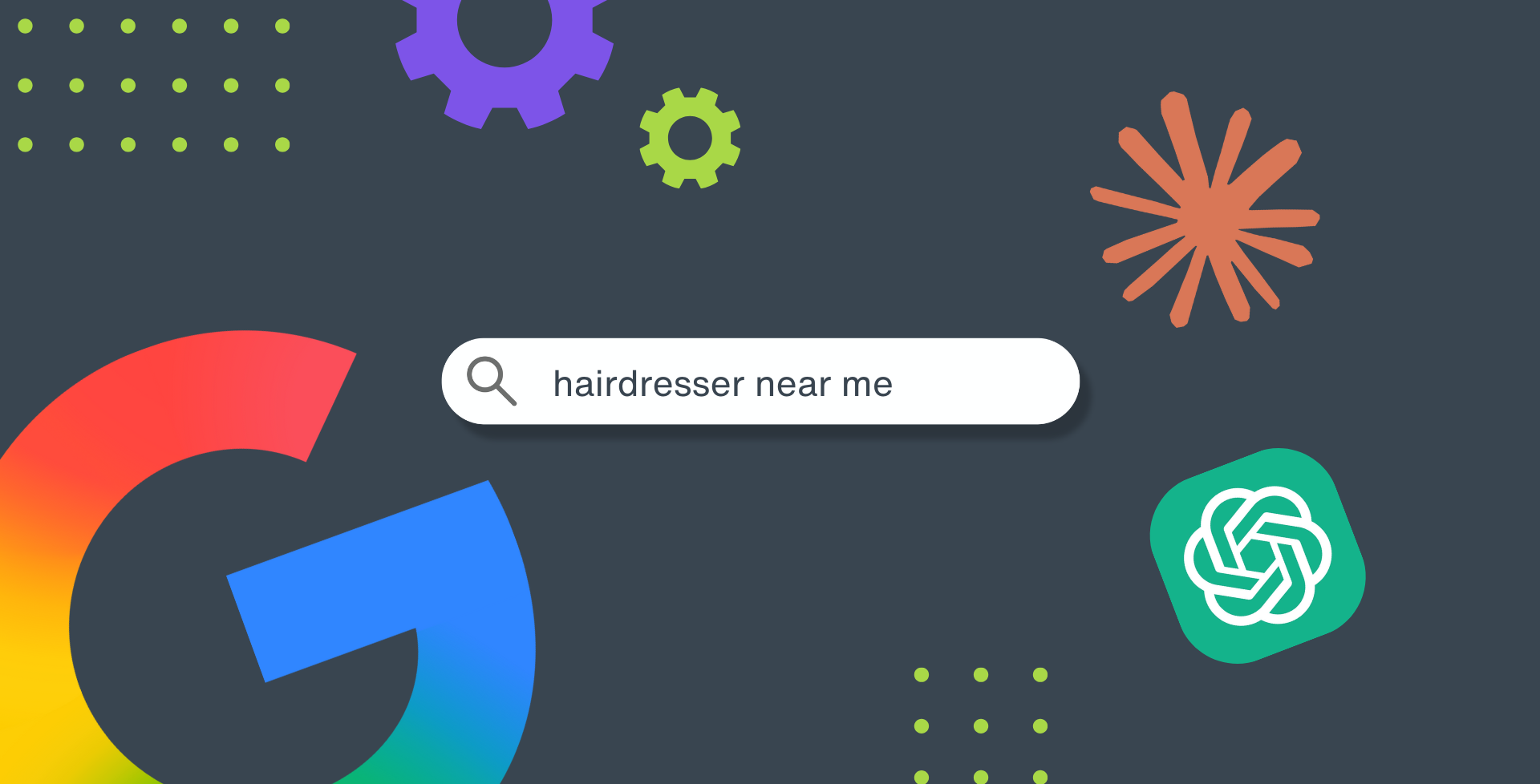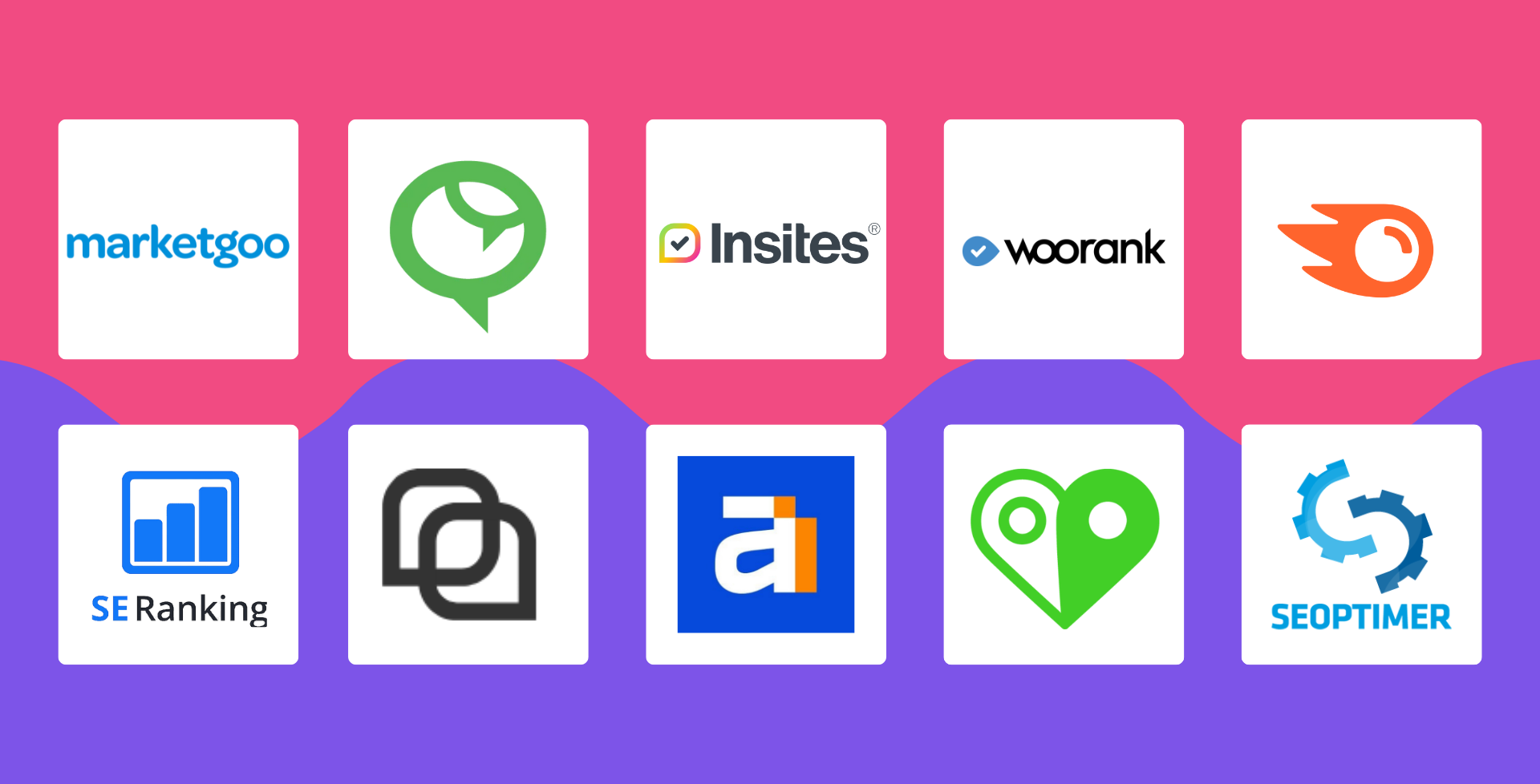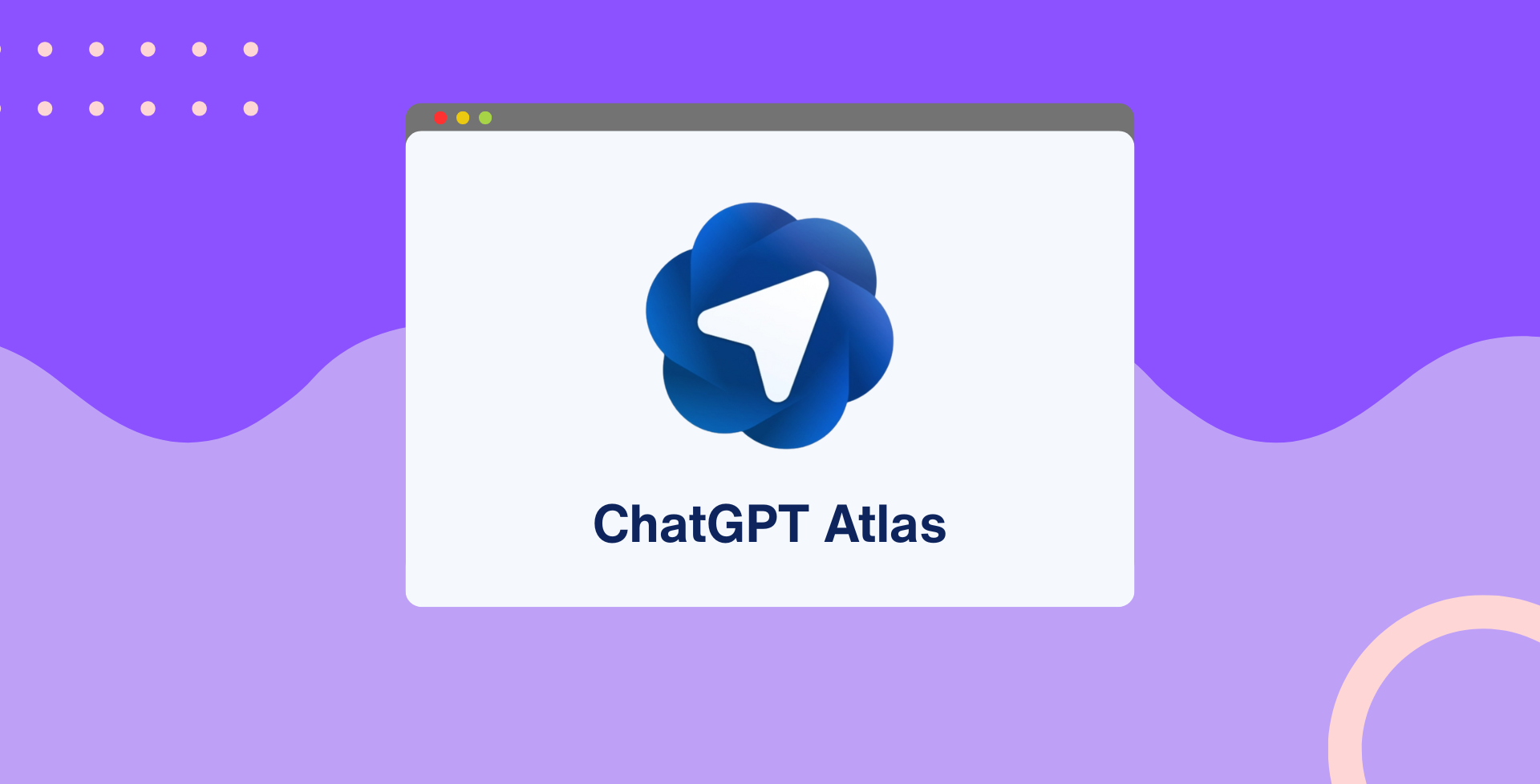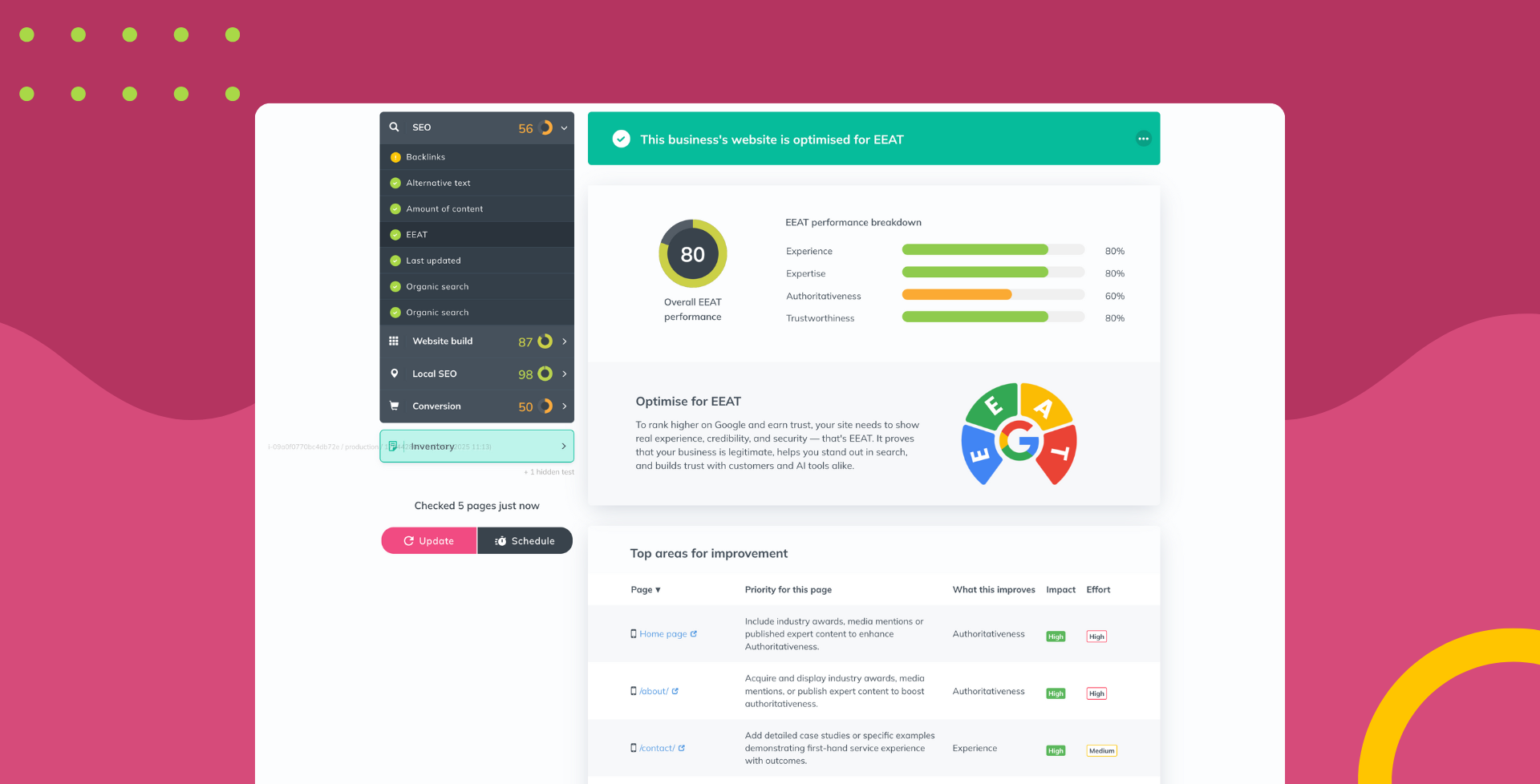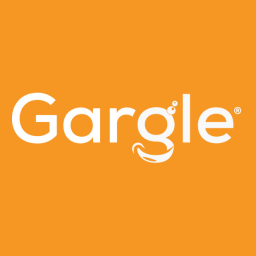How to upsell websites after acquiring broadband and leased line customers
Izzy Fletcher • September 4, 2025
For telecommunications companies, the journey doesn't have to end when you've successfully connected a customer with broadband or leased line services. In fact, that's where the real opportunity begins. While your core connectivity services keep businesses running, your local business customers are often struggling with a critical gap: their digital presence.
Large telcos are uniquely positioned to bridge this gap by expanding into digital marketing solutions, particularly website development and search optimisation services. If you've been exploring this territory over the past few years but finding it challenging to scale or your sales team needs a quicker way to identify the opportunities, we’ve got the answer to your problems.
Why telcos are perfect for website upselling
Your customers already trust you with how they stay connected through broadband. This existing relationship provides a significant advantage when introducing additional services. They know you understand business continuity and technical reliability.
So, unlike standalone new digital agencies that come along trying to poach them for website, review management, social media management and local SEO services, you have natural reasons to engage with customers regularly and discuss broader digital needs.
Identifying quick wins with digital presence audits
So you want to start successfully upselling digital marketing? The key to scaling this process effectively and growing your ARPC (Average Revenue Per Customer) is to implement a systematic approach that allows your team to rapidly assess digital presence gaps across your entire customer base.
Step 1: Leverage your customer database
Start by looking at industry verticals like professional services, manufacturing, retail, and healthcare that have unique digital needs and levels of urgency.
Business size also matters. Small businesses may only need a simple website and local SEO, while large enterprises usually need more advanced digital infrastructure and multi-channel marketing.
Customer relationships play a role, too. Long-term customers are lower risk and often open to expanding services, while newer ones may be cautious but could respond well to bundled solutions. Clients who depend on your managed services may want you to handle everything, while more self-sufficient businesses may prefer tools they can manage themselves.
Instead of guessing who needs digital services, tools like Insites bulk testing let you scan your entire customer base and spot real gaps and opportunities. Lead Signals then tracks changes (like downtime, performance drops, or competitor gains) so you can step in proactively.
This data-driven approach allows you to segment customers by actual needs, not assumptions, and assign sales teams to the right opportunities. Sales outreach becomes more targeted, personalised, and effective.
Finally, by integrating Insites SEO data into your CRM, you give sales teams clear insights to prioritise leads, time their outreach, and close deals faster, leading to higher conversions and shorter sales cycles.
Step 2: Perform quick digital health checks with SEO and website audits
After defining your target segments, the next step is to run fast SEO and website audits. The goal isn’t a deep technical review yet, but for sales reps to spot clear gaps and opportunities that open the door to bigger conversations.
Start with the website because many businesses, especially in traditional sectors, still use outdated sites. Look for obvious issues like poor mobile design, broken functionality, or sites that haven’t been updated in years. These red flags often point to deeper technical and marketing problems.
Then check their digital footprint. Look at Google Business listings, social media activity, and online reviews. Many strong offline businesses neglect these touchpoints, even though they heavily influence customer decisions today.
Finally, add a competitive analysis. Showing prospects how their competitors rank higher in search, get more engagement, or have stronger reputations creates urgency. It highlights not just a marketing issue but a business risk that could impact their revenue and market position.
Step 3: Create urgency with the data
The best way to turn audit findings into opportunities is by showing clear, business-focused data, not abstract technical fixes that’ll blow their mind (and not in a good way).
Show your customers how their competitors rank higher in search and for keywords for their core services.
Translate performance issues into customer impact. For example, instead of saying a site loads in 8 seconds, explain that 73% of users leave after 3 seconds. Suddenly, it’s not a technical issue, it’s a lost leads problem.
Highlight search visibility gaps using visual tools like Local Grid. If competitors show up on page one for key terms higher in the local area, that’s an ongoing revenue loss that grows over time.
How to handle common objections
Even with strong audit data, customers may resist expanding into digital services. Objections often come from past experiences, budget worries, or internal teams, not a lack of awareness. The key is to acknowledge their concerns and reframe the conversation as a partnership and support, not replacement.
Your strength is the trust you already have as their connectivity provider. They know you keep their operations running, so digital services can be positioned as a natural extension of that reliability.
Use objections as chances to learn more about their situation. Ask about past vendors, current marketing efforts, and their main concerns before suggesting solutions.
Common objections and responses:
“Our website looks fine.”
- “Sure, but if we look and where you're ranking against competitors on search engines like Google Business Profile and AI, competitors are showing up and you’re not. Looking at your audit report, we can tell that by optimising your website with relevant keywords, better content and by improving load speed, you’ll get more visitors.”
“We don’t have the budget.”
- “I understand. That’s why we focus on measurable ROI. A quick audit often shows small changes that boost visibility and leads without heavy spend.”
“We handle digital marketing internally.”
- “That’s great, it shows how much you value it. We’re not here to replace your team, but to strengthen it. Just like we keep your IT and connectivity running smoothly, we can provide the technical insights and optimisations that free up your team to focus on strategy and growth.”
Building your digital services capability
So you know how to spot opportunities and handle objections, but how do you actually
follow through on your promises? Upselling only works if you can deliver. That means having the right delivery model in place to provide digital services consistently, without stretching your existing resources too thin.
There are three main ways to build this capability:
- Option 1: Partnership model
- Partner with established digital agencies or freelancers
- White-label their services under your brand
- You focus on relationship management while partners handle delivery
- Fast to market, minimal upfront investment
- Option 2: Hybrid approach
- Build simple in-house capabilities (basic websites, hosting)
- Partner for advanced services (SEO, PPC, complex builds)
- Scale your internal team gradually as demand increases
- Option 3: Full in-house development
- Hire your own specialist to create processes/tools
- Higher margins, but requires significant investment
- Works best if you plan to scale digital services as a core part of your business
Shifting from a connectivity provider to a full digital partner is a huge opportunity. Your existing relationships give you a strong foundation, but success comes from systematically spotting opportunities, showing value, and delivering results.
Comprehensive digital audits, like those from Insites, make this easy. Our white-labelled website audits quickly highlight gaps, generate professional reports, and build a strong business case for digital services, letting you scale opportunities while keeping the personal touch your customers value.




